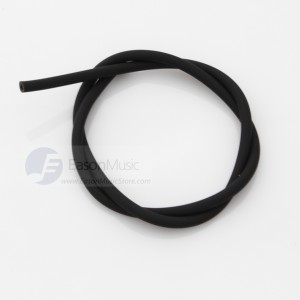Suzhou Erhus from MMK
November 4, 2015How to tie the bindings on your Chinese Dizi
November 9, 2015Yangqin: Rubber Tubings
Have you ever wondered why Yangqin rubber tubings come in various colours? Contrary to what people think, the colour differences are not just merely for show. Like the beaters, there are many kinds available, each possessing different qualities.
We got our Yangqin instructor – Mr Anson Lim to test out all our Yangqin tubings and give his valuable opinion (Please note that our color classification is not representative of Yangqin tubings bought from other sources because their supplier might not be the same):
The pale yellow-coloured rubber tube is thin and produces a clear, bright tone when played.
This rubber can last fairly long.
The red-coloured rubber tubing is slightly thin, but thicker than the pale yellow one. When played, this rubber produces a clear, bright tone (but more mellow than the pale yellow-coloured one).
This rubber can last fairly long as well.
The black-coloured rubber tubing is of average thickness. When played, this rubber provides plenty of bounce, and produces a mellow yet focused tone.
This rubber has a long lasting power.
The yellow-coloured rubber tubing is of average thickness (however, it tends towards being slightly thick). When played, it provides plenty of bounce, and produces a mellow yet focused tone (a richer tone than the black rubber).
This rubber has a long lasting power.
The red-coloured rubber tubing is slightly thick and produces a full, rich sound when played.
This rubber has a long lasting power.
Over time, you may find yourself using multiple pairs of beaters and different rubber tubings, in order to cater to the needs of various repertoire. Hopefully, these observations will aid you in choosing the ones you are most satisfied with!
Check out a video featuring one of our yangqin teachers, Anson Lim, highlighting how different yangqin rubber tubings make a difference in terms of sound:








